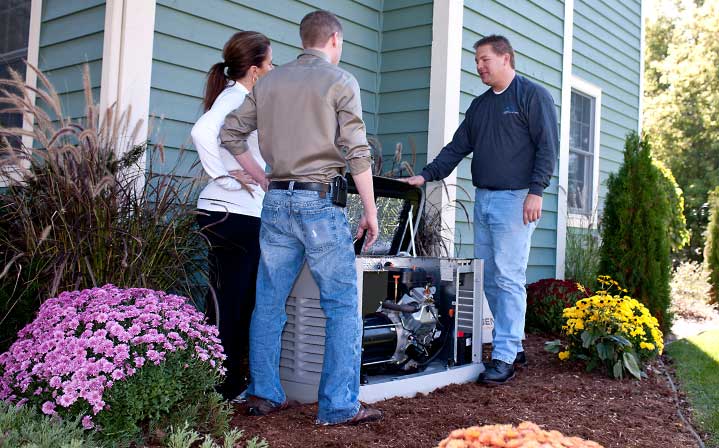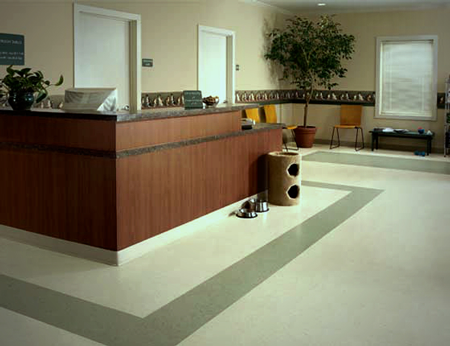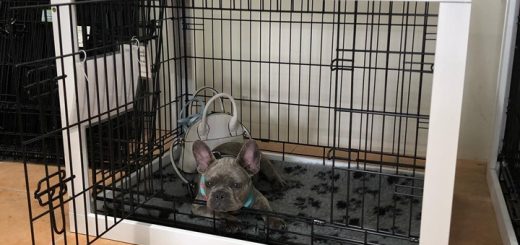Elm Tree Beetle Infestations: Causes and Treatments
Your garden is the heart and soul of your home. It’s a safe haven for you to marvel at the wonders of nature in the comfort of your own home. With this in mind, it’s doesn’t come as a surprise that you’re willing to put in so much time and effort when organising your garden to make it the best it can be. Some people decide to stick to the conventional route by setting out a few planters here and there while others are willing to kick it up a notch by laying down a couple of elm trees.
If you’re in the latter half of the bunch, you might want to stick around to find out more about potential challenges you could face. You’ll be expected to meet all of the aspects of your trees’ needs to encourage their healthy growth and development. Perhaps the most common threat to elm trees is the notorious beetle infestation. If you don’t take prompt action to stop the spread of those pesky little bugs, it can be detrimental to the overall health of your garden. Luckily, we’ll be giving you a few pointers on how to recognize the signs and symptoms as well as possible treatments.
How Do You Know If Your Trees Are Beetle Infested?
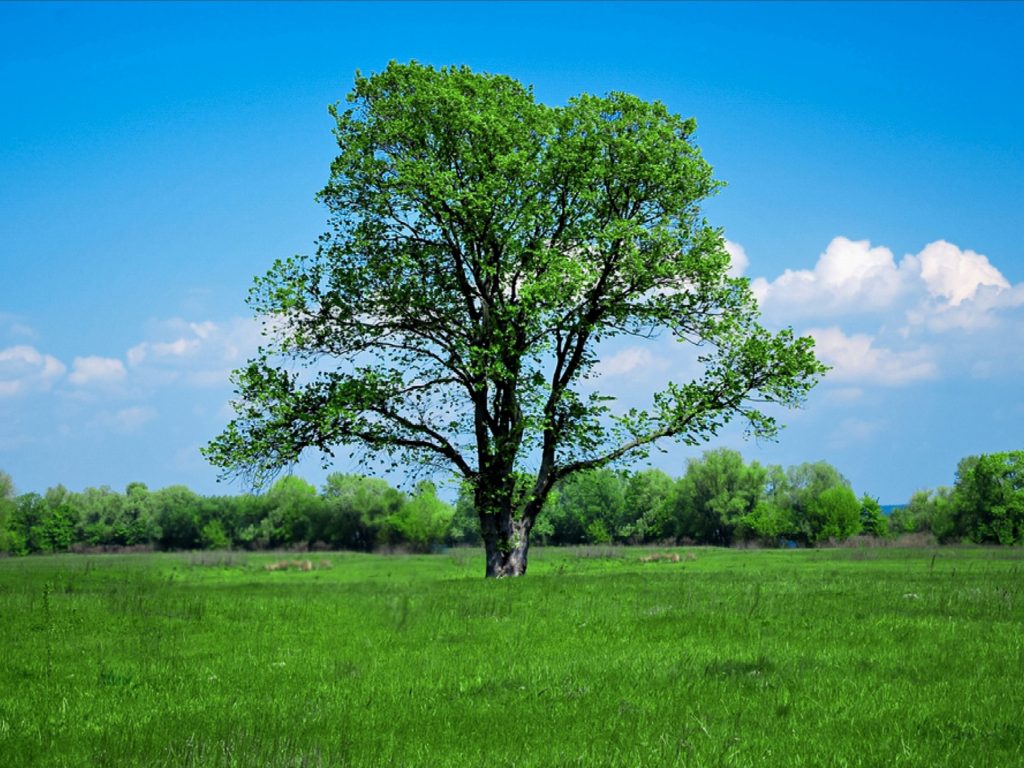
First thing’s first, we need to dive into the life cycle of beetles to help you determine what’s going on. These types of pests are generally found in south-eastern Australia, particularly in the Melbourne and Victoria area. They can be hard to spot since they’re less than a centimetre long but their signature olive green shade is hard to miss.
Starting from March and leading up to September, these insects take part in their annual hibernation phase, which means that you likely won’t notice any visible signs of an infestation during that time. But once October rolls around, beetles emerge to go about their merry business destroying your elm trees.
Bottom line is, if you start to notice small, roundish holes scattered about your leaves, you’re more than likely dealing with a beetle infestation. If this cycle continues over an extended period of time, the leaves will start to fall off from August to November, which is definitely out of season. Additionally, you might notice subtle signs of discolouration in some parts of your trees, which is definitely not a good thing. Evidently, those little roaches are eating the life out of your greenery and you need to do something about it.
How Do You Stop Beetle Infestations?
While this sounds like a dire situation, the good news is that there are a few ways you can deal with your elm leaf beetle infestation.
Trunk Injection
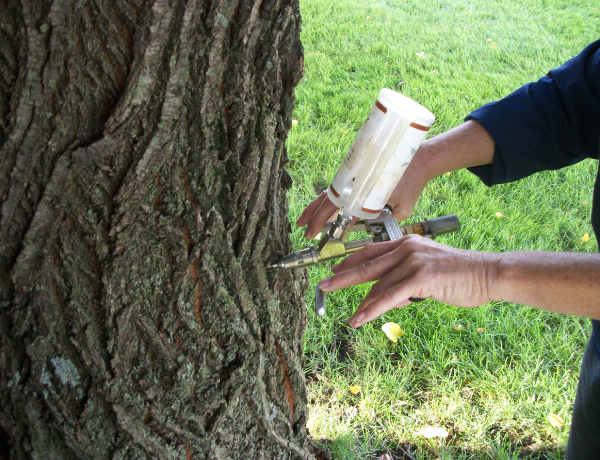
Arguably, this is the most common and effective course of action to take. The predominant active ingredient found in a potent elm leaf beetle trunk injection is Imidacloprid. This particular compound is a powerful yet environmentally friendly insecticide that is administered directly into the tree trunk. Once it’s been delivered, the trunk distributes the chemicals to all the branches and leaves. So next time the beetles take a bite out of your precious leaves, they’ll have a taste of the insecticide which will inevitably kill them off.
It’s important to note that while this form of elm leaf beetle control might seem a bit extreme, it won’t do your trees any actual harm. In fact, it’ll do the exact opposite by keeping your trees out of harm’s way. It’s also safe for use around children and pets because they’re not its primary target.
In terms of timing, you can use this form of treatment whenever it’s convenient for you but the ideal period would be from October up until March because that’s when beetles are on the move. Whenever you decide to do it, bear in mind that you won’t see any obvious improvements right away as it takes at least five days for the elm leaf beetle trunk injection to work. It’s advisable that you remain patient since the results are worth the wait. Moreover, even if the initial treatment is successful, we suggest repeating the process every three years to keep things in check. You never know when the beetles might re-emerge and cause more trouble.
Canopy Spraying
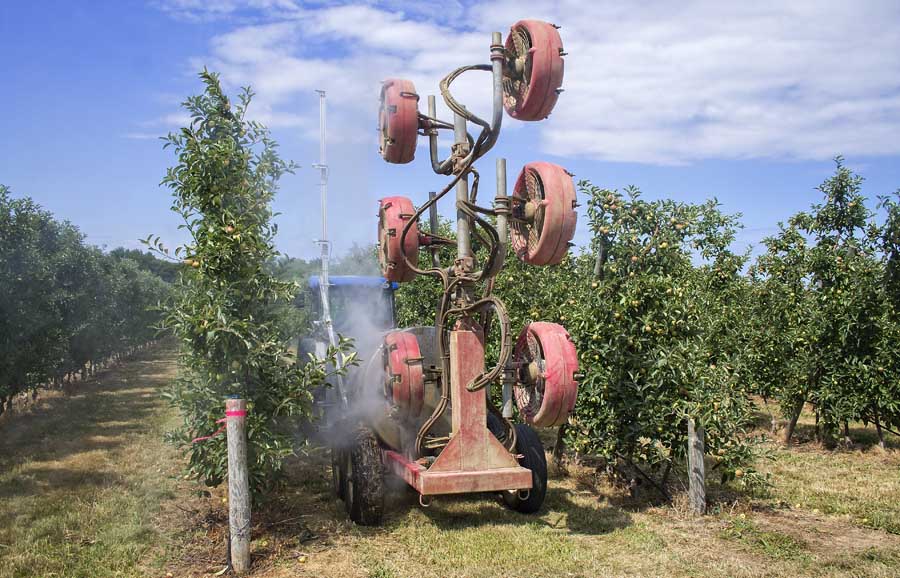
This is another form of chemical treatment that’s just as powerful as the previous one. If you’d like a more hands-on approach, all you have to do is spray the leaves with an insecticide and wait for it to work. This process needs to be repeated twice a year in order to get the best results.
Unfortunately, many people consider canopy spraying to be quite inconvenient and difficult to pull off if you take into account the sheer size of elm trees. You’d have to go all the way up to reach all the curves and crevices to make sure you’ve eliminated all beetles.
Chemical-Free Treatment
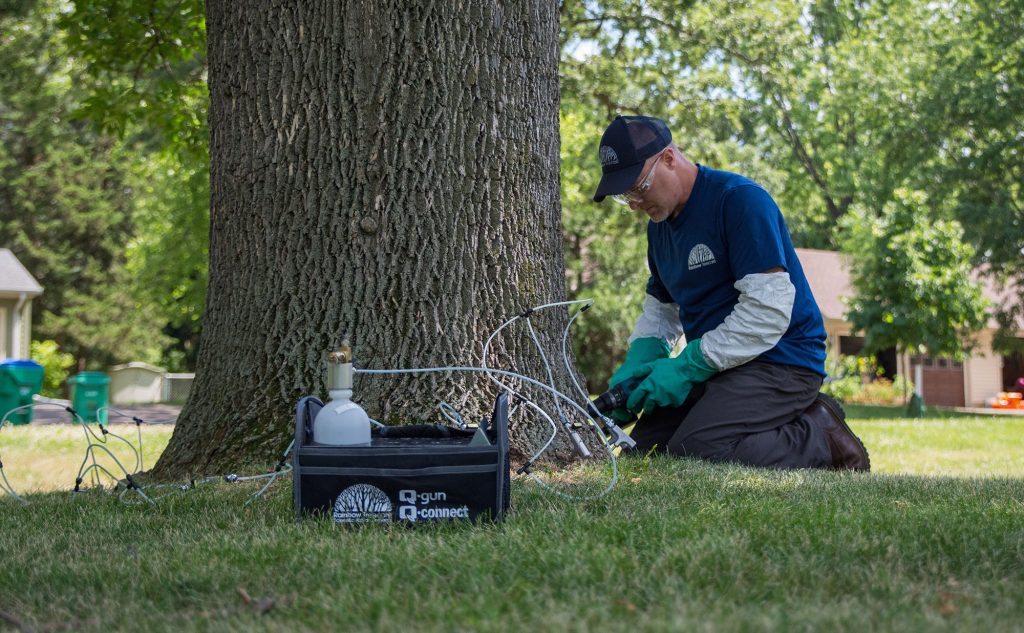
If you want to go down the non-chemical route, we recommend using a banding treatment to put a stop to the original elm tree beetle life cycle. To do this, you’ll need to place adhesive bands that are about 20 centimetres wide around the trunk, sticky side facing up. Once the larvae start crawling around in December, they’ll inevitably come across your trap and get stuck in place without doing any further damage.
How Do You Prevent Beetle Infestations in the Future?
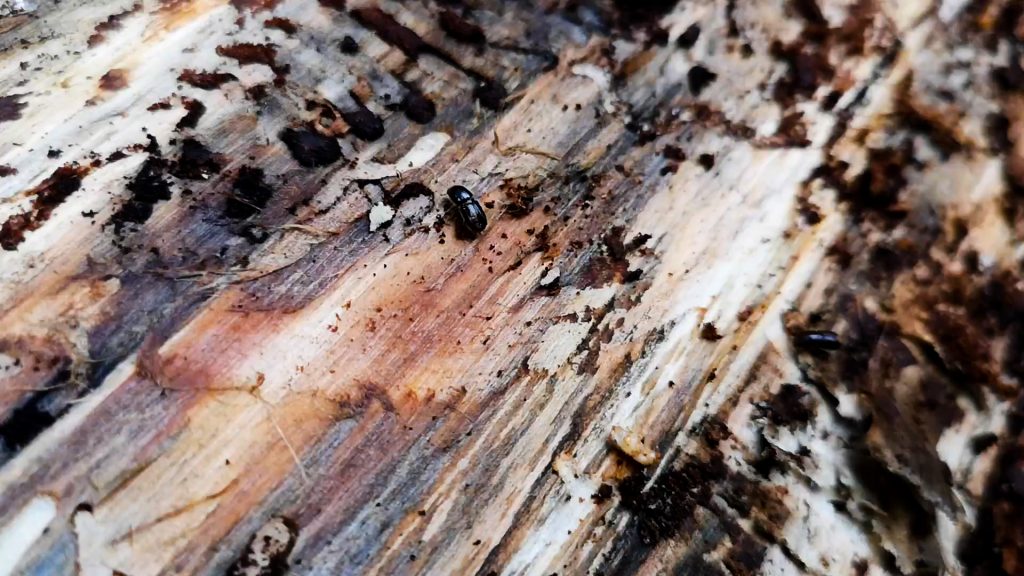
Your best bet at keeping beetle infestations at bay is to regularly cut off the dead limbs of your elm trees and keep them fully hydrated in dry periods. In addition, you should use fertilisers in late winter to help them grow and develop properly. If you take all the necessary steps, you effectively minimise the chances of beetle infestations in the future.
